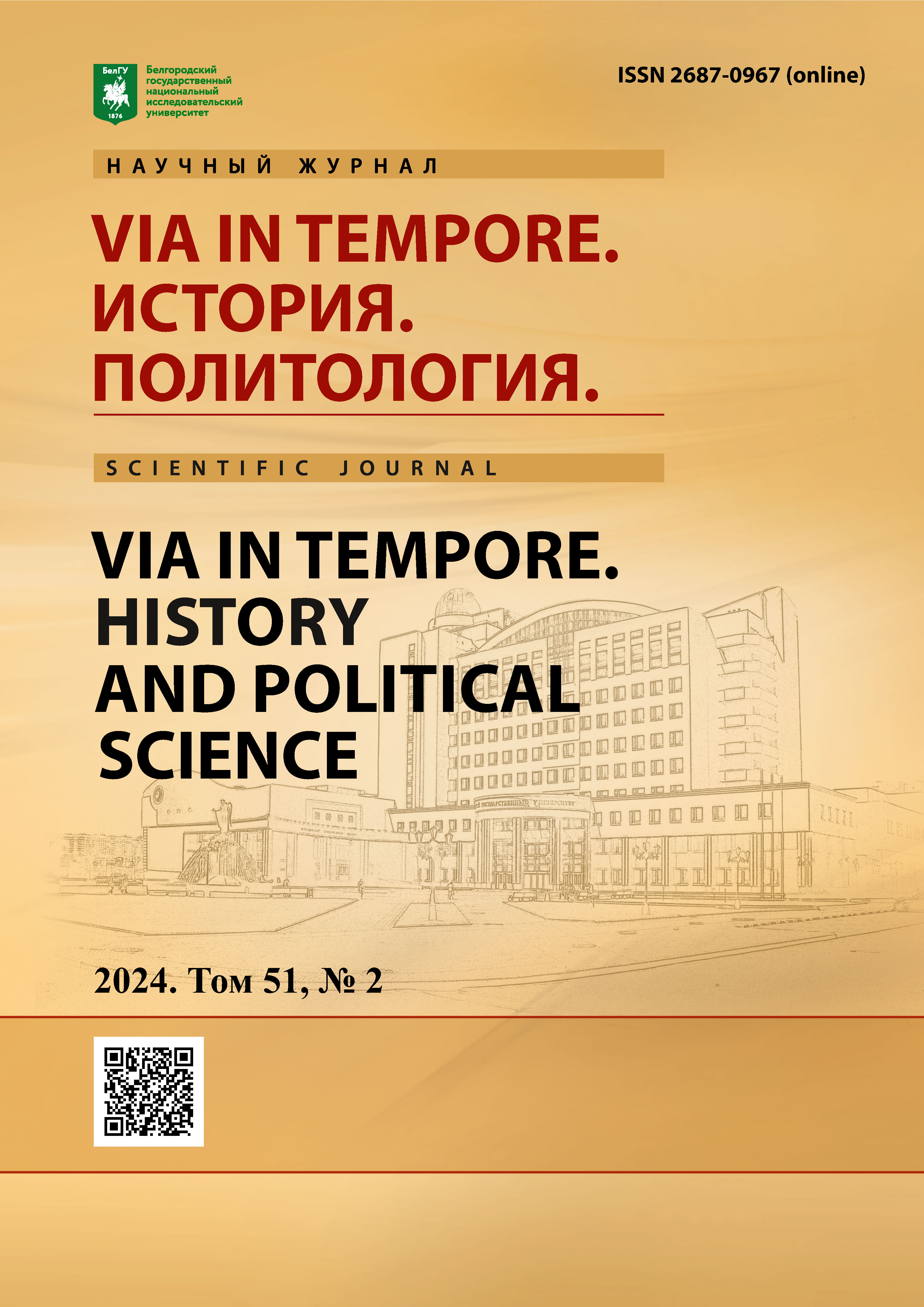The Oldest Drawbar Two-Horse Vehicles of China and the Problem of Their Borrowing from the Steppes of Eurasia
DOI:
https://doi.org/10.52575/2687-0967-2024-51-2-267-274Keywords:
Sintashta – Petrovka – Alakul, Shang China, drawbar two-horse vehicles, problem of borrowingAbstract
The idea of Bronze Age archaeologists about the penetration of the steppe «chariots» of Sintashta – Petrovka – Alakul into Shang China contradicts the fact that the oldest Shang Chinese two-wheeled drawbar horse-drawn wagons of 1300–1050 B.C. were unsuitable for fast maneuverable driving and combat in a standing position. By the time they were borrowed by the Shang Chinese, according to the logic of the invasionists, they should have been already around 800 years in use and should have evolved into more developed in military-practical terms and therefore attractive and desirable for the acquisition and reproduction by the Shang Chinese. It is obvious that the very possibility of the existence of not a combat standing chariot, but a transport or ritual or hunting sitting drawbar double-wheeled horse-drawn carriage in the steppes of Eurasia of the Bronze Age is not considered in any way and is not taken into account by the «reconstructors» of the Ural-Kazakh «battle» «chariots» of Sintashty – Petrovka – Alakul.
Funding
The work was carried out without external sources of funding.
Downloads
References
Ван Пэн. 2015. Ещё раз об использовании инь-чжоуских изделий в форме лука. Вестник Новосибирского государственного университета. Серия: История, филология. Т. 14. 4: Востоковедение: 24–36.
Ван Пэн. 2019. К вопросу о происхождении колесниц из Иньсюй. Пер. М.А. Кудиновой. Вестник Новосибирского государственного университета. Серия: История, филология. Т. 18. 4: Востоковедение: 9–18.
Кучера С. 2010. К вопросу о техническом обеспечении шан-иньских переселений. Учёные записки Отдела Китая Института востоковедения РАН. Вып. 2. Москва: 9–30.
Кучера С. 2013. Повозка (車) в жизни древних китайцев. Учёные записки Отдела Китая Института востоковедения РАН. Вып. 11. Москва: 495–562.
Новоженов В.А. 2012. Чудо коммуникации и древнейший колёсный транспорт Евразии. Под ред. Е.Е. Кузьминой. Москва, Taус, 500 с.
Новоженов В.А. и др. 2014. Таинство этнической истории древнейших номадов степной Евразии. Алматы, Остров Крым, 454 с.
Чечушков И.В., Семьян И.А. 2022. Экспериментальное исследование степной колесницы (по материалам синташтинско-петровских памятников позднего бронзового века). Российская археология. 4: 21–34.
Bagley R. 1999. Shang Archaeology. The Cambridge History of Ancient China. From the Origins of Civilization to 221 B.C. Eds. M. Loewe & E. L. Shaughnessy. Cambridge: 124–231.
Barbieri-Low A.J. 2000. Wheeled Vehicles in the Chinese Bronze Age (c. 2000–741 B.C.). Sino-Platonic Papers. № 99. Ed. by V. H. Mair. February: 103.
Chechushkov I.V., Epimakhov A.V. 2018. Eurasian Steppe Chariots and Social Complexity during the Bronze Age. Journal of World Prehistory. Vol. 31. 4: 435–483.
Loades M. Chinese Showreel. Available at: http://www.mikeloades.com/chinese-history/ (accessed: 08 August 2023).
Novozhenov V.A. 2012. Communications and the Earliest Wheeled Transport of Eurasia. Edited by E.E. Kuzmina. M., Taus Publishing, 500.
Shaughnessy E.L. 1988. Historical Perspectives on the Introduction of the Chariot into China. Harvard Journal of Asiatic Studies. Vol. 48. 1: 189–237.
Todd G. Albums. Available at: https://www.flickr.com/photos/101561334@N08/albums/ (accessed: 08 August 2023).
Xiang Wan. 2013. The Horse in Pre-Imperial China. Philadelphia: 265 р.
Abstract views: 188
Share
Published
How to Cite
Issue
Section
Copyright (c) 2024 Via in tempore. History and political science

This work is licensed under a Creative Commons Attribution 4.0 International License.


